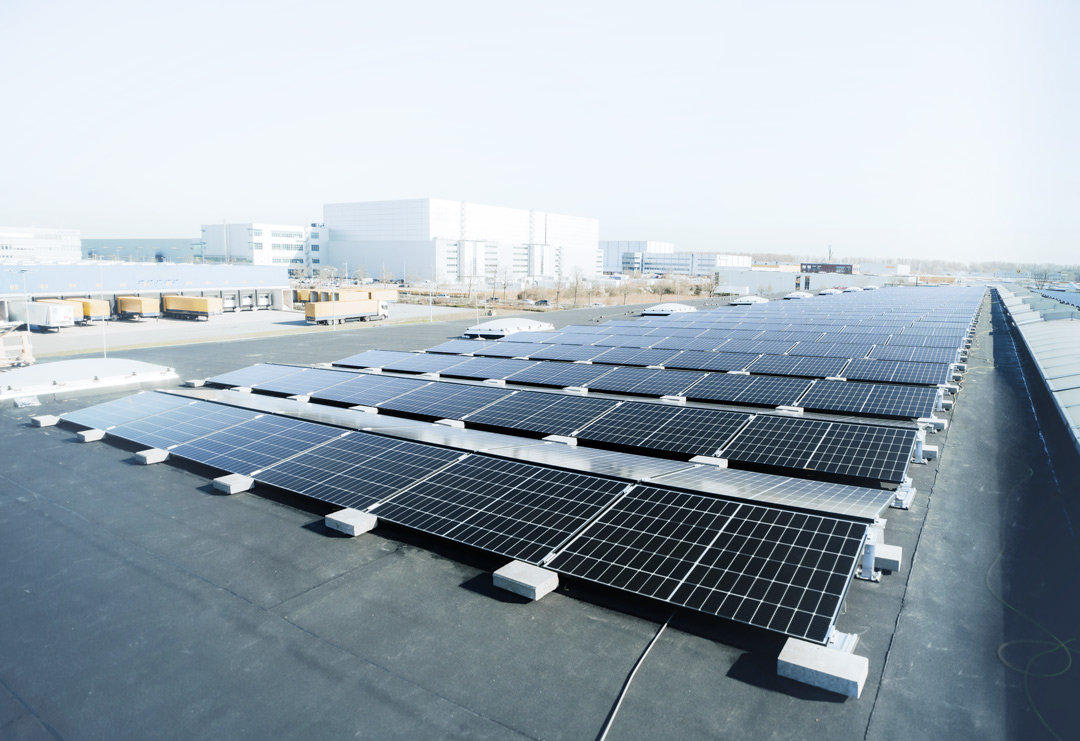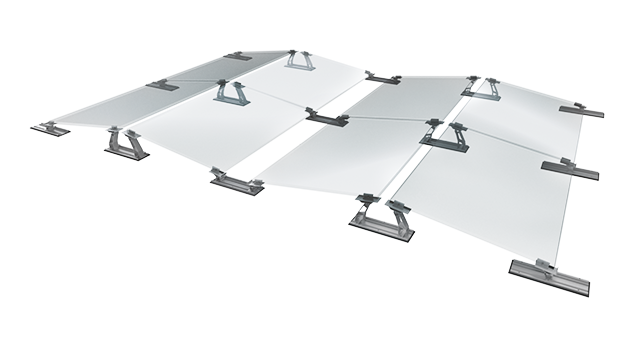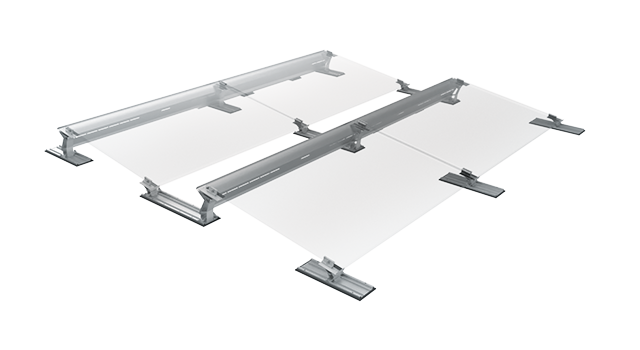Photovoltaic installation on flat roofs
The TRI-FLAT Easyspeed flat roof system from TRITEC is an outstanding solution for the installation of photovoltaic systems on flat roofs. The PV mounting system is characterized by its technical excellence and reliability.
The efficiency of the TRI-FLAT Easyspeed flat roof system lies in its fast and uncomplicated installation, which reduces time and labor costs. The innovative design minimizes material consumption, which not only lowers costs but also reduces environmental impact. The system's high load-bearing capacity and stability ensure long-term and reliable performance, even under adverse conditions.
The TRI-FLAT Easyspeed flat roof system makes it possible to use flat roofs efficiently and achieve the maximum yield from the PV system. With its combination of technical precision, reliability and optimum use of resources, the TRI-FLAT Easyspeed flat roof system is a first-class choice for professional solar installations.
This should be taken into account:
There are several important points to consider when installing PV systems on flat roofs. Firstly, the load-bearing capacity of the roof should be checked to ensure that it can bear the additional load of the PV system. The inclination of the modules due to elevation must also be taken into account, as this can cause additional loads due to wind loading, depending on the angle of inclination.
Once the structural issues have been clarified, the selection of a suitable mounting system is crucial. Leading suppliers often rely on two systems here, which make it possible to align the solar modules on flat roofs both to the south and to the east/west. In order to keep the load on the roof low and still achieve high yields, we recommend mounting systems with an angle of inclination between 10° and 15°.
You already have a current project? You can sendus your project enquiryhere.

Differences south and east/west orientation
Mounting systems for PV systems on flat roofs are often available in two versions. Either the modules are aligned and "elevated" only in the south direction, or alternately in the east and west direction.
Installation video TRI-FLAT Easyspeed for flat roofs
Get an impression of the simple installation and the few components of the TRI-FLAT Easyspeed mounting system.
What to consider when choosing a PV mounting system for flat roofs
In order not to put unnecessary strain on the roof structure, it makes sense to look for a mounting system that is as light as possible. It is particularly important to pay attention to aerodynamics and stability. The wind tunnels also play a decisive role. To ensure that installation is quick, we recommend a system with click technology. Depending on where you mount the PV system, it may also be desirable to choose a mounting system that can be easily dismantled.
Another important point is the angle of inclination. While steeper angles may promise more yield on paper, shading must always be taken into account. If, on the other hand, you mount the PV system completely flat on the roof, more surface area can be utilised. On the other hand, however, there are disadvantages for energy generation, "self-cleaning" by rain and accessibility of the system.
Last but not least: your safety during installation and the safety of the system itself. So opt for an assembly system that places great emphasis on safety. For example, with integrated fall protection, wind tunnel reports and corresponding certifications.
References
Below you will find references for the installation of solar systems on roofs with foil, bitumen and gravel roofing.
Downloads
All information about the TRI-FLAT Easyspeed mounting system for download as PDF.








